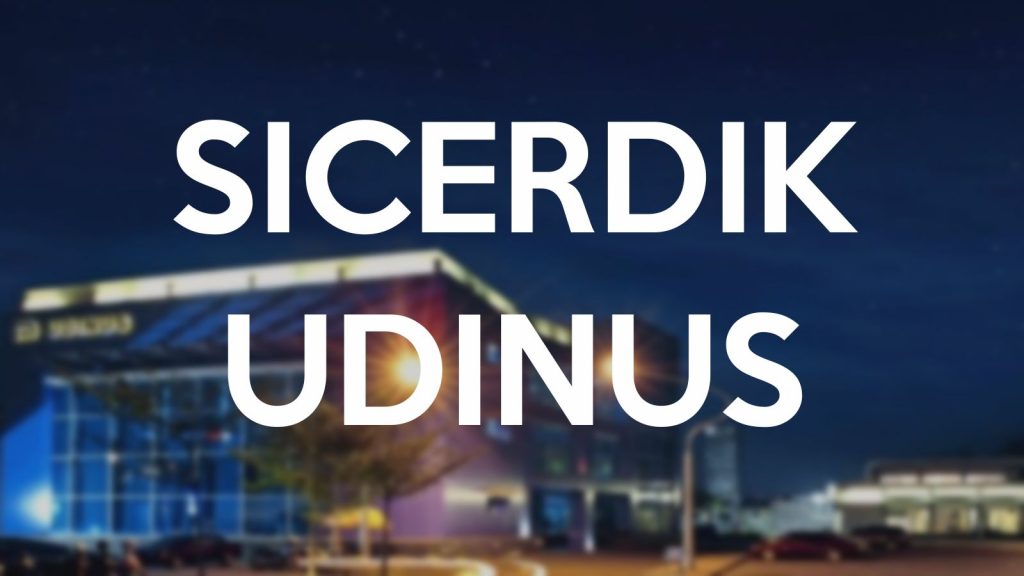AUTHOR: NURJANAH, RETNO SUTOMO, FATWA SARI TETRA DEWI, PETER W. CHANG
INTRODUCTION: The prevalence of smoking in Indonesia (10-18 years old) increased significantly from 7.2% in 2013 to 9.1% in 2018. Male students started smoking for the first time before 13 years old. Children were exposed to tobacco advertising, promotion, and sponsorship from many media. The outdoor tobacco advertisements in Semarang City were 45% higher within 100-meter schools than within 100-300 meters. Students at schools with a medium and high density of outdoor tobacco advertising were up to 2.16 times more likely to smoke. Children who live in high-exposed tobacco influences need media literacy competencies.
OBJECTIVE: This study aimed to evaluate the effectiveness of the media literacy program to reduce smoking intention in preadolescent.
METHODS: This study was was quasi experiment, as many as 76 elementary students participated in the intervention group and 68 in the control group. The intervention was Media Literacy for Preventing Young Smokers which consisted of five animation films and a book. Effectiveness of intervention was measured by paired t-test, and independent sample t-test was used to measure the difference between intervention and control groups. The path analysis was employed to know the effect of media literacy on attitudes, normative belief, expectation, self-efficacy, and intention to smoke.
RESULTS: The first path analysis model showed that media literacy negatively affected smoking output expectation (-0.28), then smoking output expectation also negatively affected self-efficacy (-0.25). Furthermore, self-efficacy had a negative effect on intention (-0.36). Media literacy negatively affects attitude (-0.24), but there is no significant effect of attitude on intention. The total effect of media literacy on smoking intention was also significant (-0.01). With self-efficacy removed from the equation, the second path analysis model revealed that media literacy has a negative impact on smoking output expectation (-0.26) and attitude (-0.25).
CONSLUSIONS: The Media literacy program was effective to increase the media literacy competency and reduce the smoking intention of preadolescents and can be considered to include in the school-based smoking prevention program in the future.
Link: https://ahla-conference.com/2022/wp-content/uploads/2022/11/0.-8th-AHLA-Program-Update-20221029-V61-1.pdf



Recent Comments